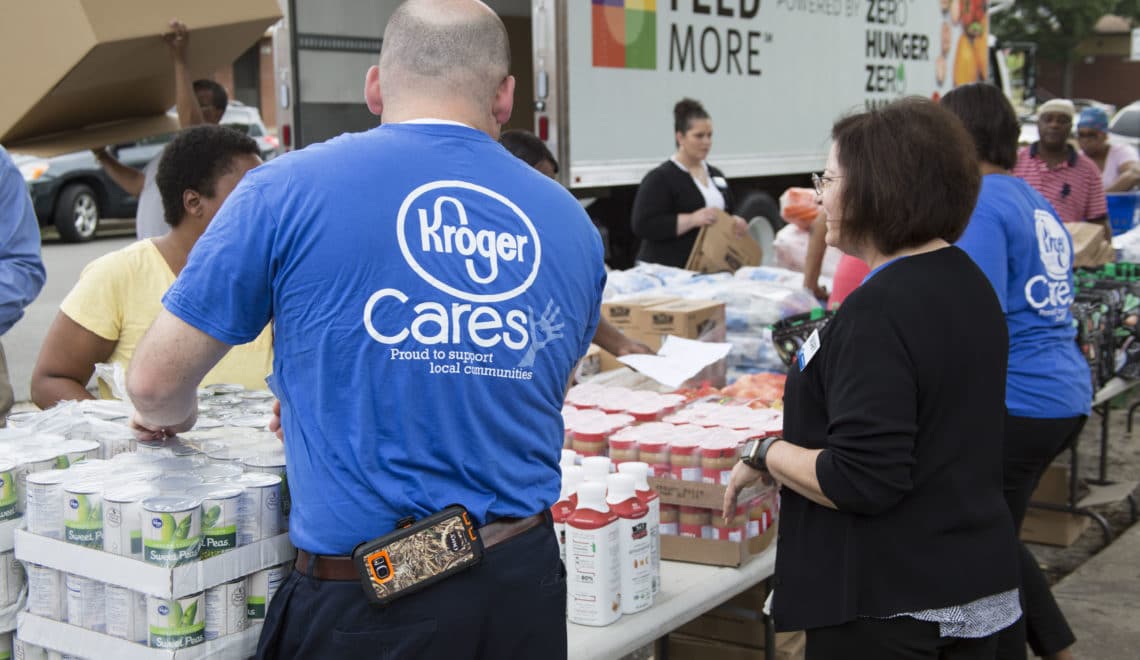Community relations: What brands want from a nonprofit partner

One of the most rewarding and fulfilling aspects of public relations lies in the realm of community relations. When brands and causes align, great things can happen. Whether it’s building playgrounds in underserved communities or committing to ending hunger, the benefits of a well-coordinated community relations strategy are far reaching.
On the agency side of the equation, we often serve as the conduit between the brand and the cause. Depending upon where our clients are in their community relations journey, we either collaborate to determine the strategic focus areas that fit their mission and audiences, identify new events and nonprofit partners, or we reinforce the strategy and foster relationships with nonprofits to drive impact. Then, we tell the story of the partnership via media relations, content and internal communications.
Over the years, we’ve helped our clients return millions of dollars back to the community in support of causes, events and community needs. And for clients who receive an influx of donation requests that fall outside of their strategic giving areas, we’ve helped them develop a process and a template to politely decline.
We’ve seen a lot and we know what brands are looking for when it comes to supporting a nonprofit. For our nonprofit readers, here are a few tips for the next time you approach a brand with a sponsorship opportunity. For our brand side readers, what else impacts your decision to sponsor?
Create a mutually beneficial partnership.
It’s important to have a firm understanding of the brand’s goals in sponsoring (awareness, internal communications, store traffic, etc.).
Pay attention to strategic focus areas.
More and more brands are identifying and clarifying their community relations strategy. Doing your homework before approaching will cause the brand to take note. Look for sponsorships with brands that have designated your cause and community need with their mission – it may help lead to a long-term relationship.
Limit the back and forth on smaller details.
They want to establish the partnership, agree on goals and then would like updates and recognition when appropriate. Too many moving pieces is a turn off.
Fulfill sponsorship promises.
If a sponsorship package promises a benefit, then it must be delivered. Sponsors trust that the nonprofits will follow through on the agreement. Don’t give them a reason not to sponsor next year.
Send reports and outcomes.
After an event or on a semi-annual basis, put together a report that highlights the sponsorship’s impact. Nonprofits should look at this as a document that will get forwarded and shared beyond their primary point of contact. To show the value of the investment, the company will share this with the C-suite and to other influencers in the company.
These recommendations apply to nonprofits of all sizes. And right now, a lot of brands are looking to partner with smaller, grassroots groups that are focused to make an impact. Don’t shy away because of your size. Your organization’s integrity will shine through with stellar communication, impact reporting and by anticipating the needs of your sponsor.
We’ve seen so many partnerships flourish between brands and nonprofits. And many of those partnerships began with smaller event sponsorships. You never know when you’ll land your next title sponsor.
Leave a Reply